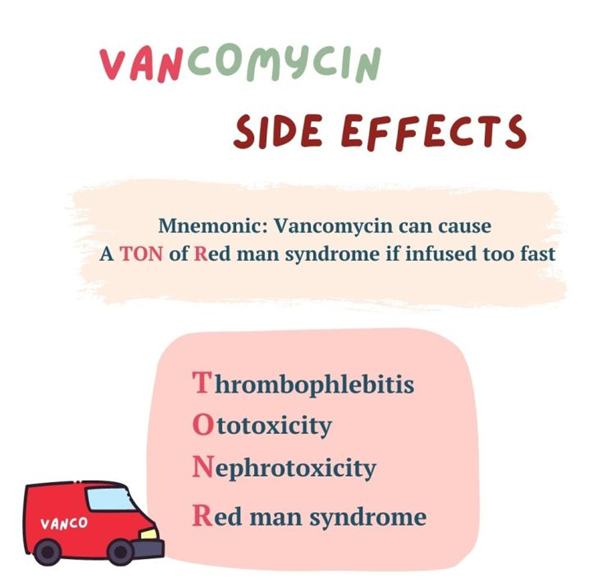The nurse understands that CAM therapies have common characteristics, such as which of the following? (Select All that Apply)
recognizing the role of spirituality in health and healing
focusing on treatment of the person as an individual
focusing only on the physical health
promotion of disease prevention, self care and self-healing
Correct Answer : A,B,D
A.Recognizing the role of spirituality in health and healing:
Many CAM therapies acknowledge the importance of spirituality in health and healing. Spiritual well-being is considered an integral aspect of overall health in many CAM modalities. Practices such as meditation, yoga, and mindfulness often incorporate spiritual elements. Therefore, recognizing the role of spirituality in health and healing is a common characteristic of CAM therapies.
B. Focusing on treatment of the person as an individual:
One of the key principles of CAM therapies is treating the individual as a whole, taking into account physical, mental, emotional, and spiritual aspects of health. CAM practitioners often emphasize personalized care tailored to the unique needs and characteristics of each individual. Therefore, focusing on the treatment of the person as an individual is a common characteristic of CAM therapies.
C. Focusing only on physical health:
This statement is incorrect. Unlike conventional Western medicine, which primarily focuses on the physical aspects of health and disease, CAM therapies often take a holistic approach that considers the interconnectedness of the mind, body, and spirit. Therefore, CAM therapies typically address physical, mental, emotional, and spiritual aspects of health, rather than focusing solely on physical health.
D.Promotion of disease prevention, self-care, and self-healing:
Many CAM therapies emphasize the importance of disease prevention, self-care practices, and the body’s innate ability to heal itself. These therapies often encourage individuals to take an active role in maintaining their health and well-being through lifestyle modifications, stress management techniques, dietary changes, and other self-care practices. Therefore, promotion of disease prevention, self-care, and self-healing is a common characteristic of CAM therapies.
Nursing Test Bank
Naxlex Comprehensive Predictor Exams
Related Questions
Correct Answer is C
Explanation
A. Discoloration of body fluids:
Vancomycin can cause discoloration of body fluids, particularly urine, resulting in a brownish discoloration. However, this is not caused by histamine release.
B. Ototoxicity:
Ototoxicity refers to damage to the inner ear structures leading to hearing loss or balance problems. While vancomycin can cause ototoxicity, it is not specifically associated with histamine release.
C. Red-man syndrome
Red-man syndrome, also known as red-neck syndrome or red-person syndrome, is a hypersensitivity reaction characterized by flushing of the skin, particularly the upper body and face, resembling a "red man." This reaction is typically associated with the rapid infusion of vancomycin and is caused by the release of histamine from mast cells and basophils. It is not an allergic reaction but rather a non-immunologic response to vancomycin.
D. Nephrotoxicity:
Nephrotoxicity refers to kidney damage caused by certain medications or toxins. While vancomycin can cause nephrotoxicity, it is not specifically associated with histamine release.

Correct Answer is B
Explanation
A. “It’s fine for me to become pregnant while taking this medication.”
This statement is incorrect. Tetracycline is known to have teratogenic effects, meaning it can harm the developing fetus if taken during pregnancy. Women of childbearing age should use effective contraception while taking tetracycline and avoid becoming pregnant during treatment.
B. “I will need to postpone my vacation at the beach until I finish this medication."
This statement demonstrates an understanding of the discharge instructions. Tetracycline can increase the risk of sunburn and photosensitivity reactions. Therefore, it's advisable for the client to avoid prolonged sun exposure, particularly during peak sunlight hours, and to use sun protection measures such as wearing protective clothing, using sunscreen, and avoiding tanning beds or sunlamps. Postponing a vacation at the beach until after finishing the medication is a prudent precaution to minimize the risk of sun-related side effects.
C. “I am so glad to be leaving today because I have an appointment at the tanning salon."
This statement is incorrect. Tetracycline can increase the risk of sunburn and photosensitivity reactions. Visiting a tanning salon while taking tetracycline can further increase the risk of skin damage and should be avoided.
D. "I will stop taking this medication as soon as I feel better.”
This statement is incorrect. It's important for the client to complete the full course of tetracycline as prescribed by their healthcare provider, even if they start to feel better before finishing the medication. Stopping the medication prematurely can lead to incomplete treatment and potential recurrence of the infection.
Whether you are a student looking to ace your exams or a practicing nurse seeking to enhance your expertise , our nursing education contents will empower you with the confidence and competence to make a difference in the lives of patients and become a respected leader in the healthcare field.
Visit Naxlex, invest in your future and unlock endless possibilities with our unparalleled nursing education contents today
Report Wrong Answer on the Current Question
Do you disagree with the answer? If yes, what is your expected answer? Explain.
Kindly be descriptive with the issue you are facing.
